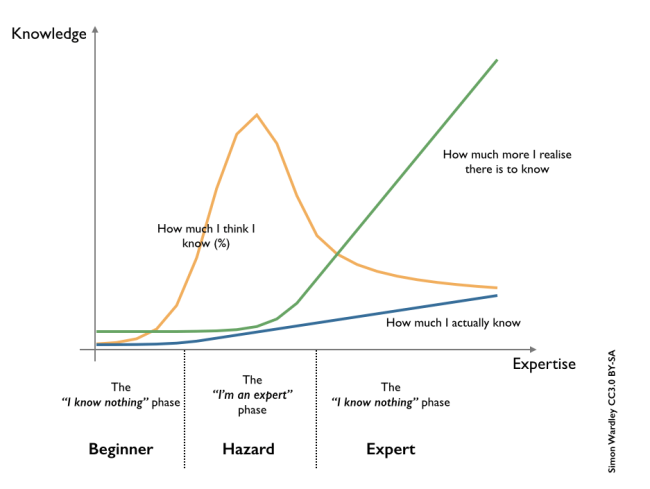08.29.15Some Lively Weekend “Teacher” Reading

Morning. Happy weekend. Thought I might take the liberty of passing along some thought-provoking ‘teacher’ reading to go along with your weekend coffee.
1) First this op-ed piece from Natalie Wexler in the NY Times. It does a nice job of questioning the knowledge-versus-skills myth. Knowledge and skills (like “problem solving’ ‘critical thinking”) are, to me, synergistic. They need each other. You can’t problem solve about something you don’t know anything about. The MORE you know (yes, facts) the more you can think critically about related topics. Knowledge matters, and matters most to those who have it in limited supply.
Here are two juicy quotes to intrigue you:
- Consider this: In 1977, 25 years before No Child Left Behind ushered in the era of high-stakes testing, elementary school teachers spent only about 50 minutes a day on science and social studies combined. True, in 2012, they spent even less time on those subjects — but only by about 10 minutes.
- While standardized tests didn’t cause the curriculum to narrow, they’re a useful reminder that some students have acquired a lot less knowledge than others. But if we want to finally begin to remedy that, we can’t just teach the skills the tests seem to call for.
2) Second this beautiful and funny and wise post from someone named “calamity teacher” (which incidentally, I love, as I am occasionally “calamity dad” “calamity husband” and “calamity colleague”). Anyway Harry Fletcher-Wood turned me on to it in response to my recent post on Strategic Choice. It’s kind of a meditation on the same idea but from the teacher’s perspective. After not getting the job. It’s funny and beautifully written. “Schools,” Calamity observes, “Must be art galleries, well-curated.”
3) Finally, this from Australian educator Greg Ashman, who’s smart, knowledgeable, and not afraid to challenge accepted thinking. A trouble maker in the best sense of the phrase. The post is a description of his own classroom and teaching. I loved his academic systems in particular, especially this one, which is like a fusion of Do Now and (student driven) Check for Understanding:
- ‘When students enter my classroom, there is a box on the whiteboard into which they may write the numbers of any homework questions that they found difficult. They then take their seats and begin a starter activity that’s on the screen. After this, we discuss the starter activity. It is usually related to the previous lesson and similar to the homework so, at this point, some of the homework questions get rubbed-off the board as the students’ problems are resolved. I then set the new homework and go over any remaining questions from the previous one. Sometimes, if I sense that only a few students had problems, I will leave this to the end of the lesson when other students are working independently.’
Three’s probably enough. But before I sign off here’s a really great infographic from @swardley. Humility and expertise, explained. Right. Enjoy your weekend.

